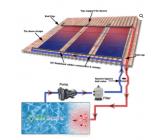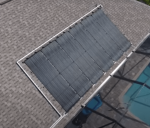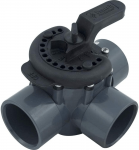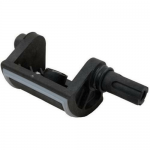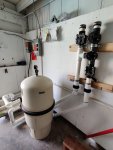I'm planning on putting a solar collector heating setup for the first time. The roof where I want the solar collector is almost flat. It is facing west as seen below. My equipment is in the south side. I have a few questions below regarding the placement of air relief valve and also the design etc. I was looking at Swimjoy and Heliocol because there ease of installation.
1. I've seen some solar installation where the relief valve is at the top , by the return side. But I also see some install it in the feed side, almost close to the roof. I'm wondering what is best..
2. It you look closely, I have added a dedicated return line instead of some designs where they just add it at the other end of the collectors, even manuals show this type of design which confuses me. This is one of those big question I have at this time.
The current design I have is from this website. I'm also planning to get the same type of valves and diverter they use on their installations.

 floridasolardesigngroup.com
floridasolardesigngroup.com
My current collector is no where closer to 50% of my area to heat, but I wanted to start with 4-5 panels and perhaps add 4-5 more later.
max is 9 for my roof and per Swimjoy specifications for a 4x10.5 collector.

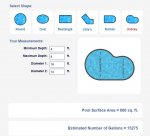
1. I've seen some solar installation where the relief valve is at the top , by the return side. But I also see some install it in the feed side, almost close to the roof. I'm wondering what is best..
2. It you look closely, I have added a dedicated return line instead of some designs where they just add it at the other end of the collectors, even manuals show this type of design which confuses me. This is one of those big question I have at this time.
The current design I have is from this website. I'm also planning to get the same type of valves and diverter they use on their installations.

Florida Solar Design Group - Solar Pool Heating
Solar Pool Heating is a specialized area of solar energy that utilizes purpose-built solar panels to absorb heat from solar radiation.
My current collector is no where closer to 50% of my area to heat, but I wanted to start with 4-5 panels and perhaps add 4-5 more later.
max is 9 for my roof and per Swimjoy specifications for a 4x10.5 collector.






